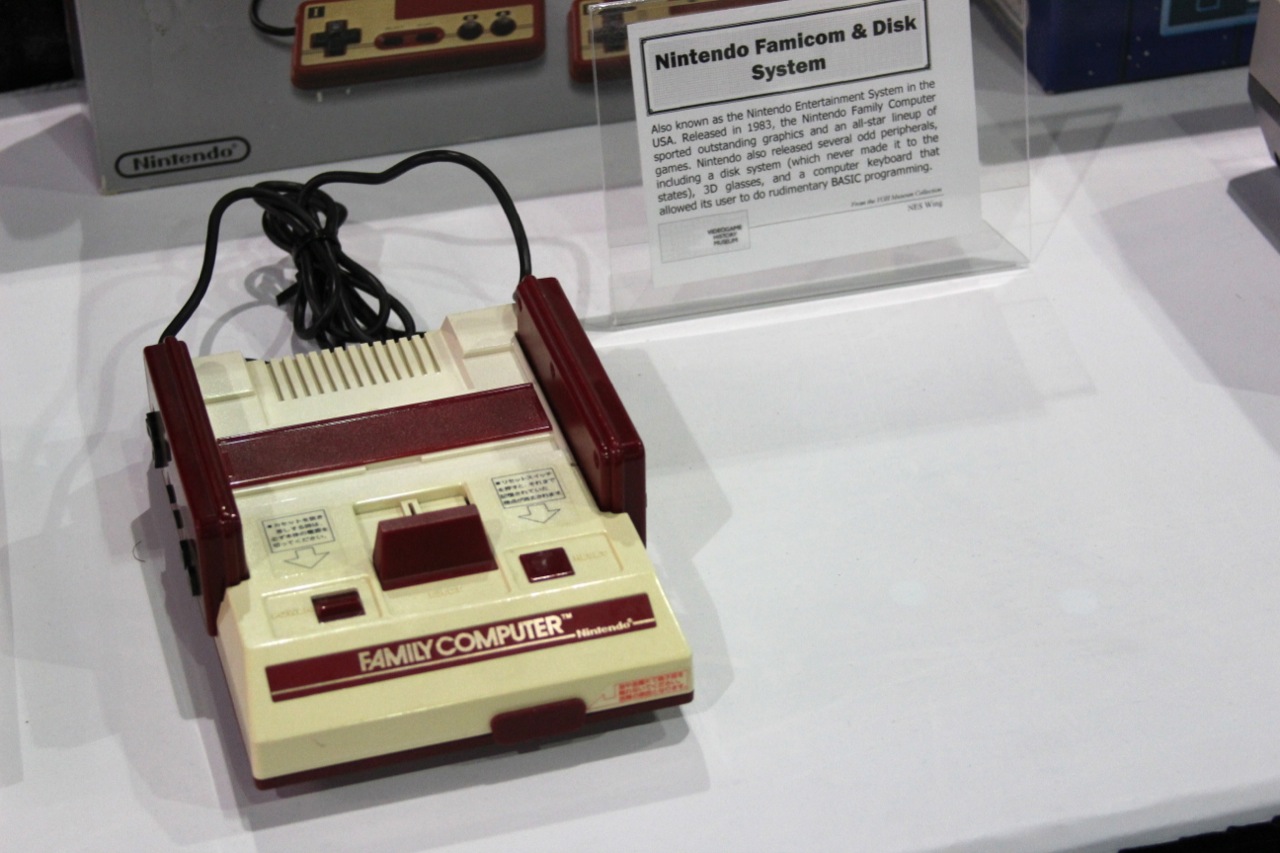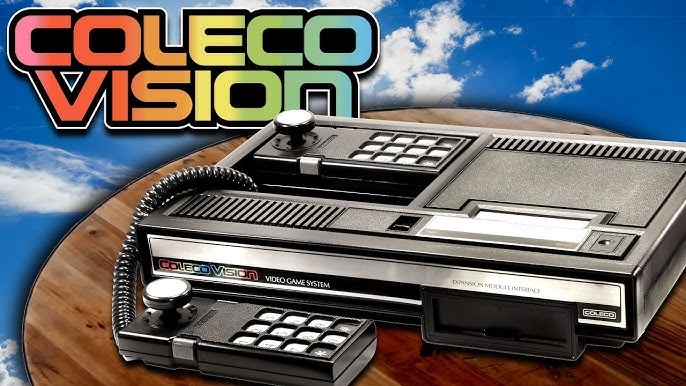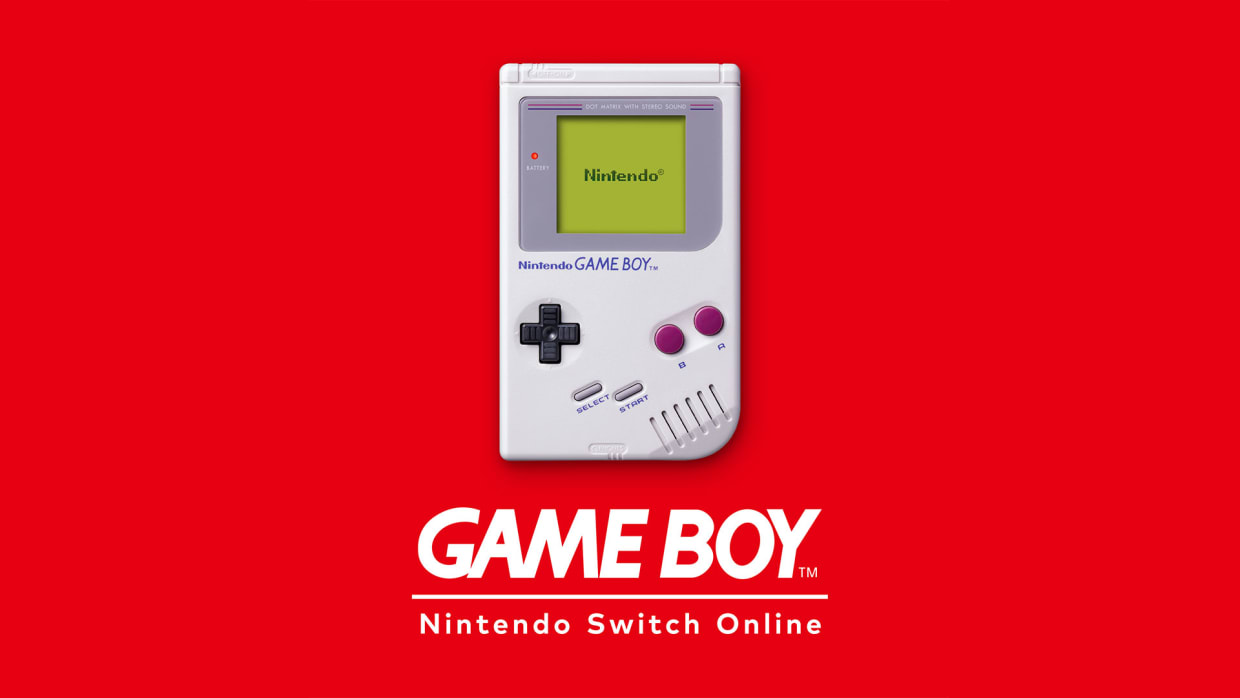
Alright, listen up, fellow nostalgia-seekers and pixel pioneers! If you grew up in the 1980s, you know it was more than just big hair, neon fashion, and awesome synth-pop. It was a decade of monumental shifts, especially in the world of video games. We’re talking about a wild ride from the golden age of arcades to a dramatic market crash, and then, like a phoenix rising from the digital ashes, a glorious recovery that fundamentally reshaped how we play today.
This was the era where home entertainment truly took root, where living rooms transformed into buzzing command centers, and where debates raged over which console reigned supreme. The ’80s weren’t just about playing games; they were about experiencing a burgeoning cultural phenomenon that captured imaginations and sparked innovation at every turn. It was chaotic, it was revolutionary, and honestly, it was pretty darn cool.
So, buckle up your high-waisted jeans and get ready for a trip down memory lane! We’re diving deep into the absolute rulers of gaming and the living room from this iconic decade. These nine video consoles weren’t just machines; they were the heartbeats of countless childhoods and the architects of the modern gaming landscape. And trust us, you won’t want to forget a single one of them.

1. **Nintendo Entertainment System (NES) / Famicom: The Phoenix of the Gaming World**When we talk about the ’80s, the Nintendo Entertainment System, or NES, isn’t just a console; it’s a legend. Known as the Famicom in Japan, where it first arrived in 1983, this system didn’t just play games—it single-handedly revived the entire home console market in North America after its infamous crash. Imagine the skepticism, the doubt that video games were just a passing fad; then imagine Nintendo waltzing in and changing *everything*.
Its American debut in New York City on October 18, 1985, was a masterclass in market psychology. Nintendo wisely marketed the NES not as a hardcore gaming device, but as a toy, complete with accessories like R.O.B. the Robot and the Zapper Gun. This ingenious approach helped them win back skeptical retailers, who were still reeling from the market collapse, and ultimately sparked a broader recovery that solidified Nintendo’s place in history.
Beyond its clever marketing, the NES was a powerhouse of innovation and strategic foresight. Nintendo consolidated its lead in North America by refining a stricter publishing model, introducing the 10NES lockout chip and licensing rules that profoundly shaped how third-party games were developed and distributed. This structure was a direct response to the oversaturation of low-quality games that contributed to the earlier crash, ensuring a higher standard of quality control and paving the way for the industry’s sustained growth.
Nintendo also excelled at bringing rich storytelling to an inexpensive home console, a feat previously more common in the realm of home computer games. This ability to craft immersive narratives on a console that sat in everyone’s living room was groundbreaking. With iconic titles like *Super Mario Bros.*, which sold an incredible 40.24 million units, *Duck Hunt* (28.31 million), and *The Legend of Zelda* (6.51 million), the NES wasn’t just selling consoles; it was selling dreams and defining new genres.
And let’s not forget the financial strategy behind the scenes: Nintendo required third parties to pay in full for their cartridges before release. This move ensured that in the event of a flop, the liability rested with the developer, not the provider, further protecting the nascent market from another catastrophic collapse. The NES, with its worldwide sales of 36.45 million units, truly epitomized resilience and innovation, proving that video games were, indeed, here to stay.

2. **Atari 2600 (Atari VCS): The Early Reign and the Crash’s Epicenter**Before Nintendo’s triumphant return, there was the Atari 2600, a true titan that carried its popularity from the late 1970s right into the early 1980s. This console was the undisputed ruler of the home console market during what’s known as the second generation of video game consoles. It was the console in *the* living room, the one that sparked countless family game nights and arguments over who got to play next.
The decade kicked off amidst a massive boom in the arcade video game business, a golden age that saw the Atari 2600 flourish. Its initial success was so immense that it drew in a wave of new developers, including some of its own. Following a dispute over recognition and royalties, several of Atari’s key programmers famously split to found Activision in late 1979, becoming the first third-party developer for the Atari 2600.
This newfound freedom, however, had unforeseen consequences. While Atari initially sued Activision for copyright infringement, a settlement eventually legitimized third-party development. This opened the floodgates, leading to an oversaturated market where companies with no prior interest in video games, like Purina Dog Food, began churning out promotional titles. The market became flooded with too many consoles and, critically, too many poor quality games.
This lack of quality control, combined with aggressive pricing and a general loss of consumer trust, culminated in the infamous American video game crash of 1983. Atari, once the industry’s darling, reported a staggering $536 million loss in 1983. Many experts and investors lost confidence, believing video games were merely a passing fad. The Atari 2600, despite its early dominance and impressive 18.45 million+ units sold worldwide, inadvertently became the poster child for the industry’s near-destruction, with notorious titles like *E.T. the Extra-Terrestrial* even having unsold cartridges buried in the New Mexico desert.
Yet, through it all, the Atari 2600 remains a monumental console. It introduced millions to home gaming, popularized genres, and, with games like its *Pac-Man* version selling 8,095,586 cartridges and *Space Invaders* selling 6.09 million, it laid the groundwork for everything that came after. Its story is a cautionary tale, but also a testament to the pioneering spirit of early video gaming.

3. **Intellivision: Mattel’s Sophisticated Challenger**Stepping into the ring during the second generation of video game consoles, alongside the dominant Atari 2600, was Mattel’s Intellivision. Launched in 1979, this console made its mark in the early 1980s by attempting to offer a more technologically advanced and, dare we say, sophisticated gaming experience than its competitor. While it might not have had the sheer ubiquity of the Atari 2600, it carved out a significant niche.
The Intellivision aimed to differentiate itself with more detailed graphics and more complex gameplay, leveraging a more powerful processor for its time. It was a conscious effort to appeal to an audience looking for something beyond the simplistic visuals of earlier systems. This commitment to pushing the envelope, even if incrementally, showcased the industry’s nascent drive towards greater immersion and realism.
Despite the intense competition and the eventual market upheaval, the Intellivision managed to achieve impressive sales figures for its era, selling over 3 million units worldwide by 1983. This demonstrates a strong consumer appetite for diverse gaming experiences and a willingness to embrace new technologies, even in a crowded market. Its presence was a key part of the vibrant, albeit chaotic, early 80s gaming landscape.
The Intellivision’s legacy is that of a strong early competitor, one that demonstrated the potential for gaming beyond simple arcade ports. It showed that consumers desired more from their home consoles and that there was room for different approaches to hardware design and game complexity. It contributed to the rich tapestry of the second generation, proving that innovation wasn’t limited to a single player.

4. **ColecoVision: Arcade Power in Your Living Room**If you craved the thrilling, high-energy experience of the arcade but wanted it conveniently in your living room, the ColecoVision was your jam! Launched in mid-1982, this console arrived with a clear mission: to bring “arcade-at-home” fidelity to the masses. And boy, did it deliver, making a splash right before the tumultuous market crash.
One of its biggest coups was launching with *Donkey Kong* as a pack-in game. Imagine being able to play such a popular arcade title, relatively faithfully reproduced, in the comfort of your own home! This was a huge draw and a testament to ColecoVision’s superior graphics and sound capabilities compared to some of its contemporaries. It was a clear step forward in replicating the arcade experience, a holy grail for many gamers at the time.
Despite its release coinciding with the onset of the video game crash, the ColecoVision managed to hold its own. It sold over 2 million units worldwide by 1984, an impressive feat given the challenging market conditions. Its success with *Donkey Kong*, selling 2 million units for the ColecoVision version alone, underscored the console’s ability to attract players with high-quality ports of beloved arcade hits.
The ColecoVision stands as a significant console of the second generation, demonstrating the power of strong arcade licenses and the appeal of technological prowess. It showed what was possible when a console was designed with the goal of bringing the best of the arcade into the home, setting a high bar for visual and audio fidelity that would influence future console designs. Its brief but impactful reign left an indelible mark on gaming history.

5. **Sega Master System (Mark III): The Persistent Challenger**While Nintendo’s NES was busy reviving the North American market, Sega was not sitting idly by. Enter the Sega Master System, originally launched as the Mark III in Japan in 1985. This console was Sega’s ambitious entry into the third generation of video game consoles, and it mounted what the context describes as “the most persistent challenge” to Nintendo’s growing dominance. It was a console that refused to back down.
Globally, the Master System had an interesting trajectory. While it faced an uphill battle and lagged significantly in the fiercely competitive U.S. market, it found immense and lasting strength in other regions, particularly in places like Brazil. There, its local partner, TecToy, kept variants of the console on store shelves for decades—a truly unusual longevity for an ’80s console that speaks volumes about its regional appeal and robust design.
Released in 1985, the Master System boasted impressive hardware, often considered more powerful than the NES, offering vibrant graphics and solid sound capabilities. Despite its struggles to gain a foothold against Nintendo’s marketing juggernaut in North America, its success in other territories proved Sega’s ability to innovate and capture significant market share globally, laying crucial groundwork for its future successes.
By 1989, the Sega Master System had sold over 3.935 million units worldwide, a testament to its quality and global reach. It wasn’t just another console; it was the beginning of Sega’s fierce rivalry with Nintendo, a “console war” that would define much of the late ’80s and early ’90s. The Master System’s journey reminds us that “ruling” doesn’t always mean universal dominance, but often involves carving out powerful, enduring legacies in key markets.

6. **Game Boy: Portable Powerhouse, Pocket-Sized Revolution**Alright, buckle up buttercups, because if the early 80s were about bringing the arcade home, the late 80s completely shattered the idea of staying put! Just when you thought home consoles had all the magic, Nintendo pulled a classic move and unleashed a tiny, grey, yet utterly monumental device that would redefine gaming forever: the Game Boy. Making its grand entrance in 1989, this little handheld wasn’t just a new product; it was a declaration, a cultural landmark that would remain the best-selling handheld gaming device for a staggering two decades. Can you even *imagine* a world without portable gaming? Well, you wouldn’t have to after this bad boy hit the shelves!
Before the Game Boy, handheld gaming was, shall we say, a bit niche. Single-game LED devices were fun, but the idea of a truly versatile, cartridge-based system you could take anywhere? That was pure wizardry. The Game Boy, an 8-bit marvel, offered exactly that: an entire library of adventures tucked right into your backpack, purse, or even your oversized 80s cargo shorts. It liberated gamers from the living room, opening up a universe of possibilities for commutes, road trips, and endless hours spent under the covers. This wasn’t just a console; it was freedom, a personal gaming device that truly captured imaginations across the globe.
What really made the Game Boy an instant legend wasn’t just its portability; it was the phenomenal game library that launched with it. Seriously, imagine getting your hands on a device and immediately having access to *Tetris*! This deceptively simple yet utterly addictive puzzle game, published by Nintendo, sold an unbelievable 35 million units for the Game Boy version alone. It was the perfect match for a portable system, providing endless replayability and a constant challenge that transcended age and language barriers. You were probably humming the theme song just reading that, weren’t you? Yeah, we get it.
And the hits just kept coming! Not to be outdone, *Super Mario Land* graced the Game Boy, shrinking the iconic platforming hero’s adventures down to a pocket-sized scale and selling a staggering 18.14 million units. This showed that the Game Boy wasn’t just for quick puzzle fixes; it could handle full-fledged platformers with all the charm and challenge we’d come to expect from Nintendo. With over 2.5 million units sold worldwide by the end of 1989, the Game Boy wasn’t just a success story; it was a blueprint for an entire category, proving that innovation can indeed come in small packages and revolutionize an industry. It made gaming a truly personal journey, and for that, we’ll forever be grateful.




